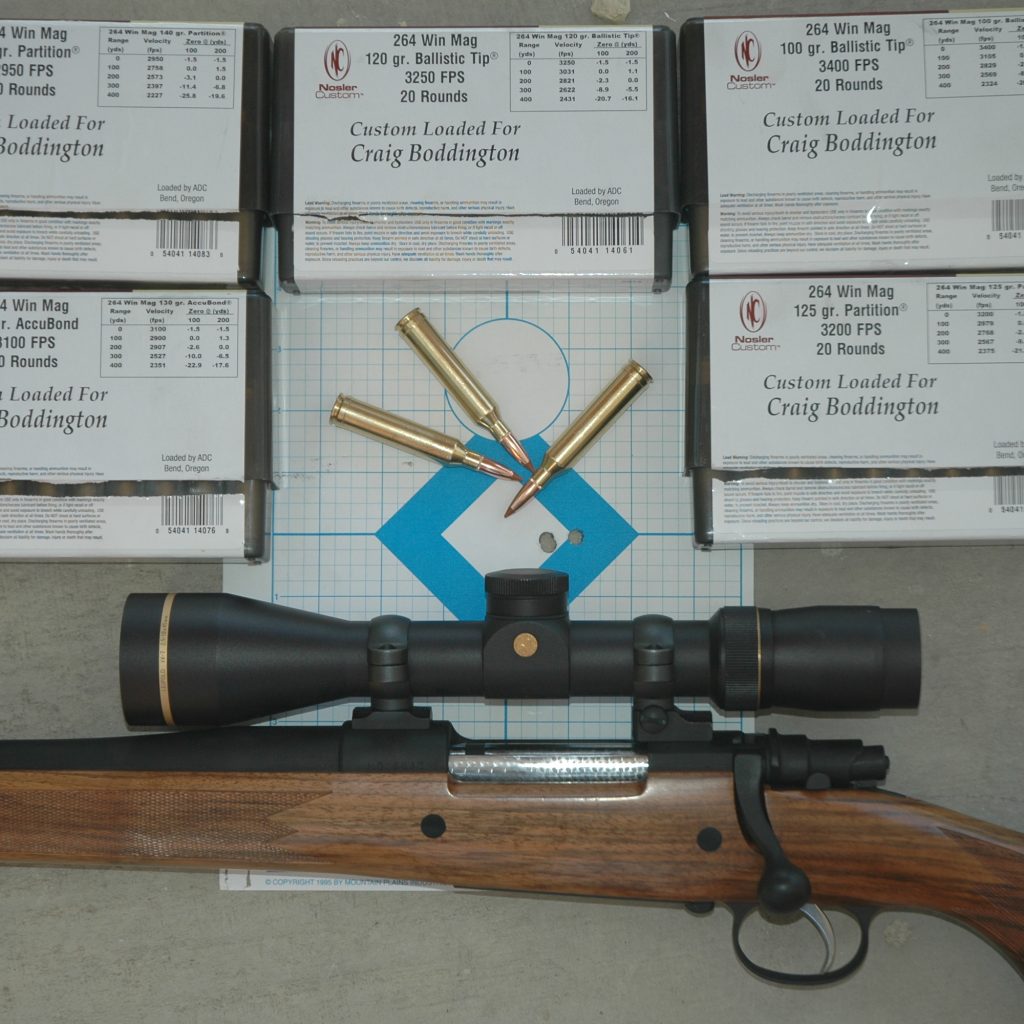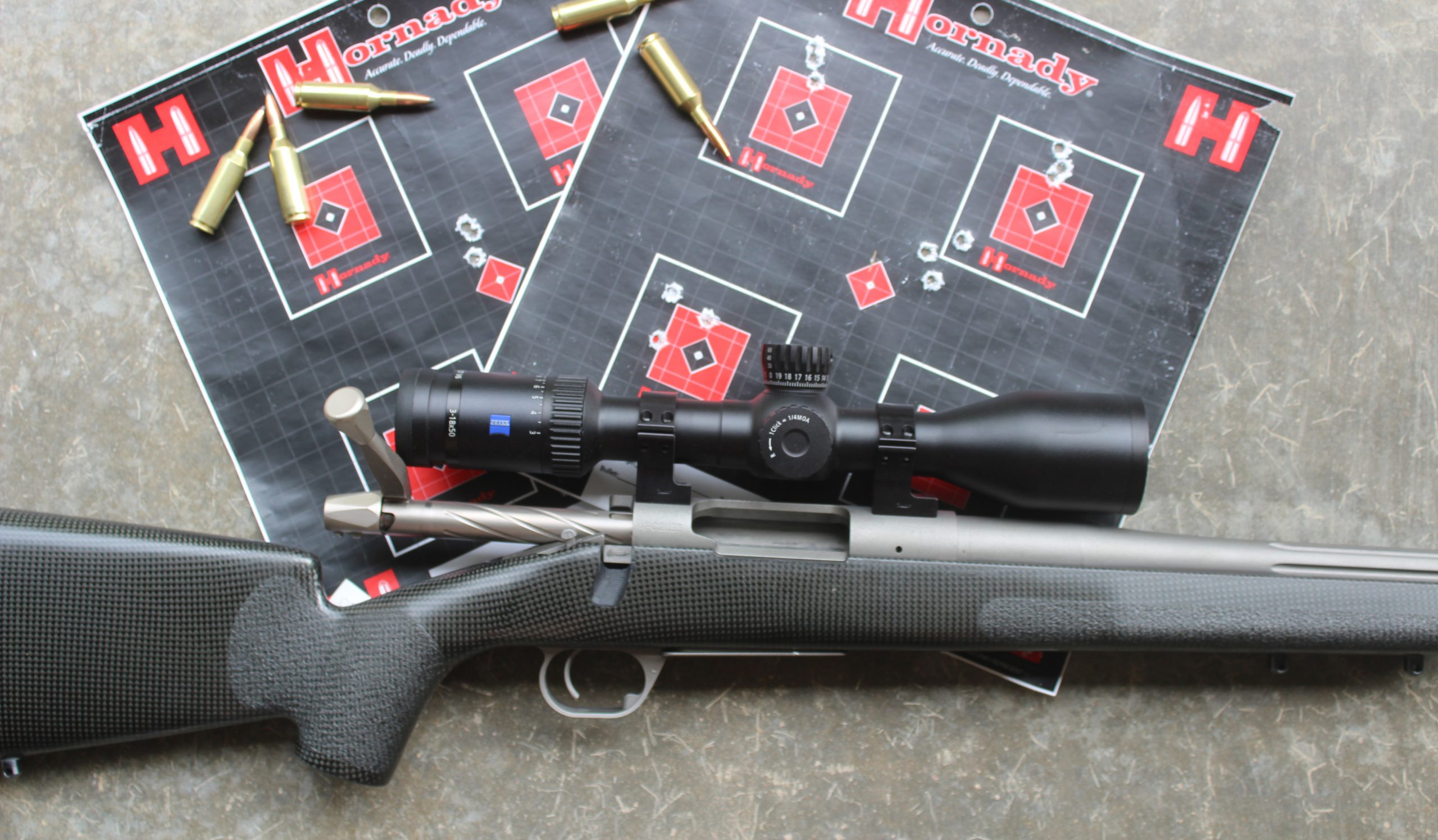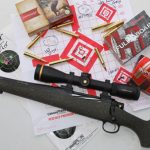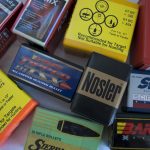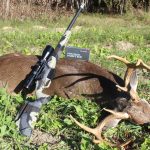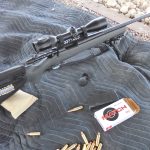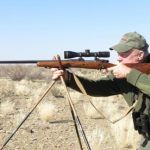When choosing a cartridge in the 6.5 family, remember that velocity matters, but so does energy.
In the 1890s two parallel developments, smokeless powder and jacketed bullets, delivered unprecedented velocity and performance. The world’s military powers scrambled to replace large-caliber blackpowder cartridges with smaller smokeless cartridges that increased range. Several countries adopted 6.5mm (.264-inch) cartridges, and hunters soon found them effective.
As a sporting cartridge, the most widespread of the early 6.5mms is the 6.5×55 Swedish Mauser. Although never wildly popular in America, it has always retained a following. Until recently, most domestic 6.5mm cartridges have failed; the 6.5×55 was pretty much the only 6.5mm with lasting impact in the U.S. My, how things have changed! Since the introduction of the .260 Remington in 1997, seven more factory 6.5mm cartridges have been introduced.
It’s too early to know if all of these will achieve long-term commercial success but, clearly, the 6.5mm is “in.” The early military 6.5mms were developed with heavy 156- to 160-grain bullets, delivering amazing penetration. These were round-nose bullets; sharp-pointed and boattail bullets were later developments. However, by tradition, 6.5mm bullets have always been long and heavy-for-caliber. Mate these qualities with modern bullet aerodynamics, and you have the primary basis not just for the 6.5mm’s resurgence, but for its ascendance in popularity.
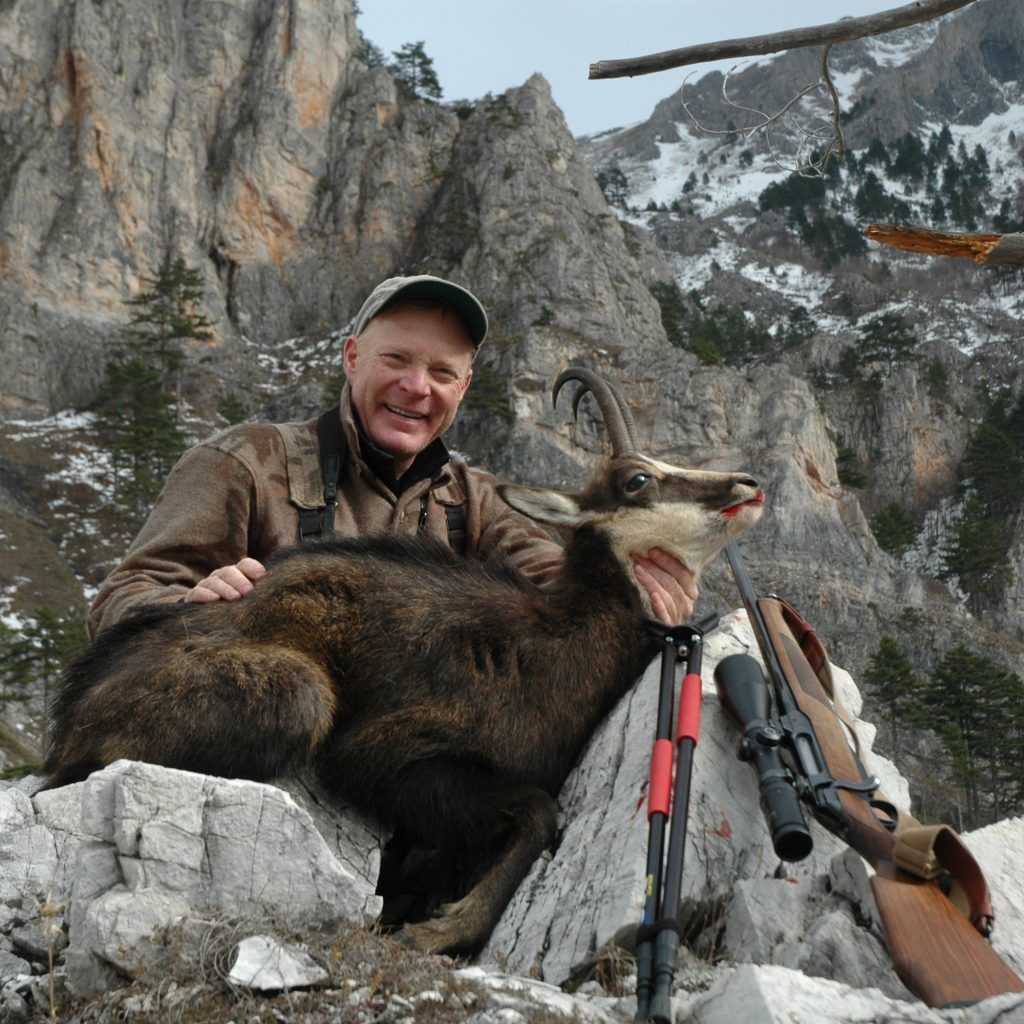
The 6.5mm Creedmoor is easily the most popular of the “new” 6.5mms, a market-grabbing wunderkind that is probably the most popular 6.5mm cartridge ever. I have one, a Mossberg Patriot that shoots very well. However, the 6.5mm Creedmoor, the old 6.5×55, and the .260 Remington are almost triplets in ballistic performance. With its shorter case, the Creedmoor is best suited to the new longer and more aerodynamic long-range bullets. However, in accuracy, range, and power, these three are too similar to argue about. None of them are fast, all pushing 140-grain bullets at about 2,700 fps.
The 6.5mm Creedmoor was developed as a long-range target cartridge, its case short to accommodate long bullets in short actions. The intent was to remain supersonic as far out as possible, yet with mild recoil. Accurate and efficient, it’s a wonderful long-range target cartridge. It’s also a great hunting cartridge, with plenty of energy for deer-size game at moderate ranges. Despite the hype, the Creedmoor is not an extreme-range hunting cartridge. It is also not an ideal elk cartridge, although it is adequate at modest distances. Personally, I think any 140-grain bullet is on the light side for elk-size game. Better be careful! 2,700 fps is not fast, and remember: The formula that derives kinetic energy (foot-pounds) uses the square of velocity.
So, using the same 140-grain bullet, a cartridge that develops just 300 additional fps yields a lot more energy. Specifically, a 140-grain 6.5mm bullet at 2,700 fps yields 2,266 ft-lbs of energy. The same 140-grain bullet at 3,000 fps yields almost 2,800 ft-lbs–and, zeroed at 100 yards, has nearly a foot less drop at 400 yards. These are significant differences. This was brought home by two incidents in the last year, odd in this pandemic year, when I’ve done very little hunting.
In January I shot a whitetail in central Mexico with Armando Klein of Sierra Madre Hunting. I used his rifle, a well-scoped (and dialed-in) Blaser in 6.5mm Creedmoor (a nice camp rifle!). My buck was ranged at 300 yards across a canyon. The first bullet struck a bit low in the chest, and I quickly shot again with a slightly higher hold.
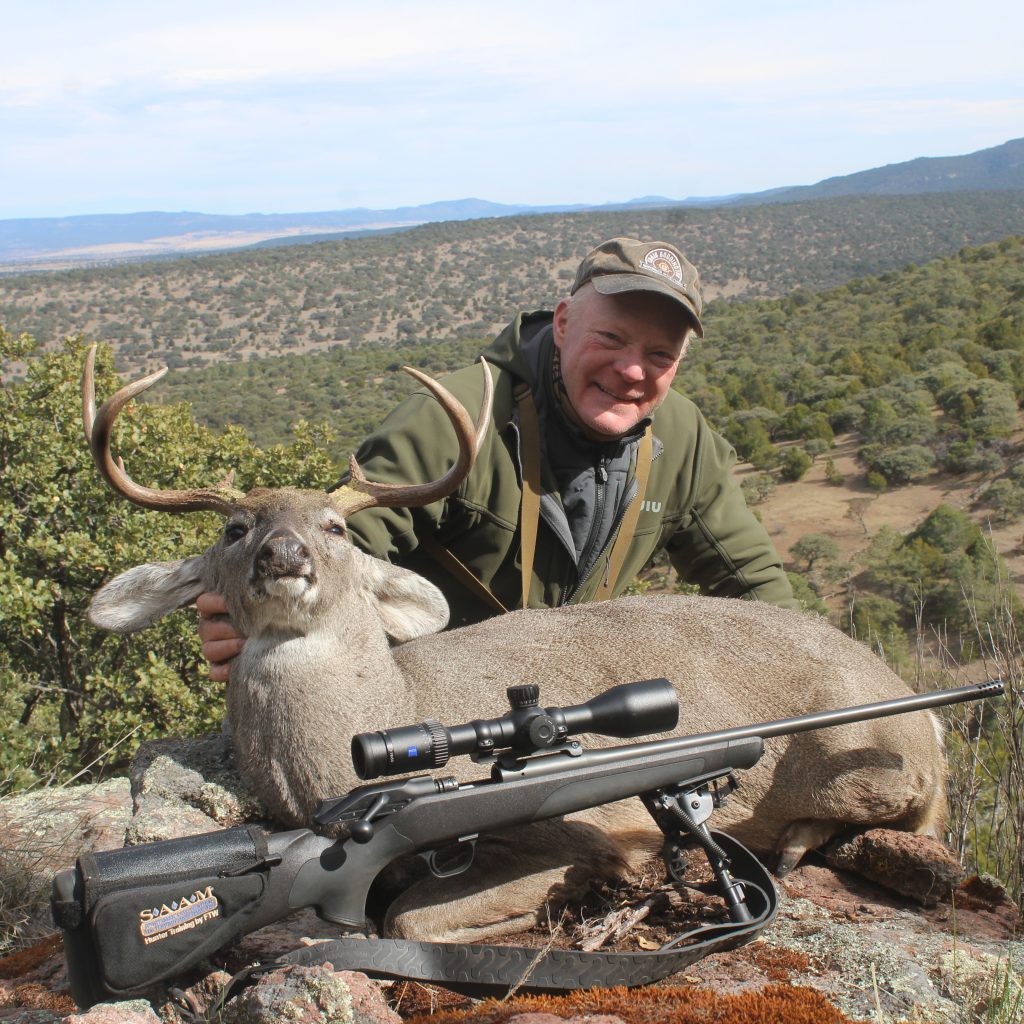
Between preparation and shot the buck moved a bit and was in deep shadow under some oaks. After we reached the deer, we ranged back and discovered the shot was actually 325 yards. This doesn’t sound like much difference (and isn’t). But, because of its low initial velocity, past 300 yards the Creedmoor drops quickly, and distance calls must be ever more precise. For my first shot to have been perfect, I needed to know it was 325 yards, and I should have dialed up a couple more clicks.
In September I had a Montana mountain goat tag. I drew a great area, and a wonderful local outfitter, Ryan Counts, had good horses to get my old knees up the mountains. I never doubted whether I would get a goat, but I drew a tricky shot. We’d been on the billy most of the day, and he was steeply uphill in a cliffy place where, if he hung up, recovery might be suicidal. So, we had to wait until late afternoon, when he came down to feed, to make sure he would roll down to a place we could safely reach.
God bless angle-adjusting rangefinders. The shot was steeply uphill at 468 yards, but actual shooting range was 410 yards. Simple enough: just crank the scope’s dial and shoot. Except: A bright, sinking sun was precisely in my eyes and scope. I’d be on him, then the scope would go black and, in near-panic, I’d have to start over. This is real field shooting, not a known-distance range. You get the shot you get! The goat was scampering along a steep cliff. The range wasn’t changing much, but there was no way to keep him in the field of view, manage the awful light, and dial the range!
I was shooting an AllTerra rifle in the proprietary 6.5mm SST, with a 143-grain ELD-X at 3,025 fps. I knew the bullet drop was 20 inches at 400 yards. I gave a little daylight over the withers, hit the goat hard, and then hit him again. Another real field situation: Ryan and I were lying over a boulder in a sheltered valley, where it was dead calm. Up in the rocks there was nothing to indicate wind. When we climbed up to our goat, we realized that, up there, the wind was howling. No wonder my first shot struck to the left, too far back, but nobody could have called that wind. This was another situation where extra velocity and energy matter!
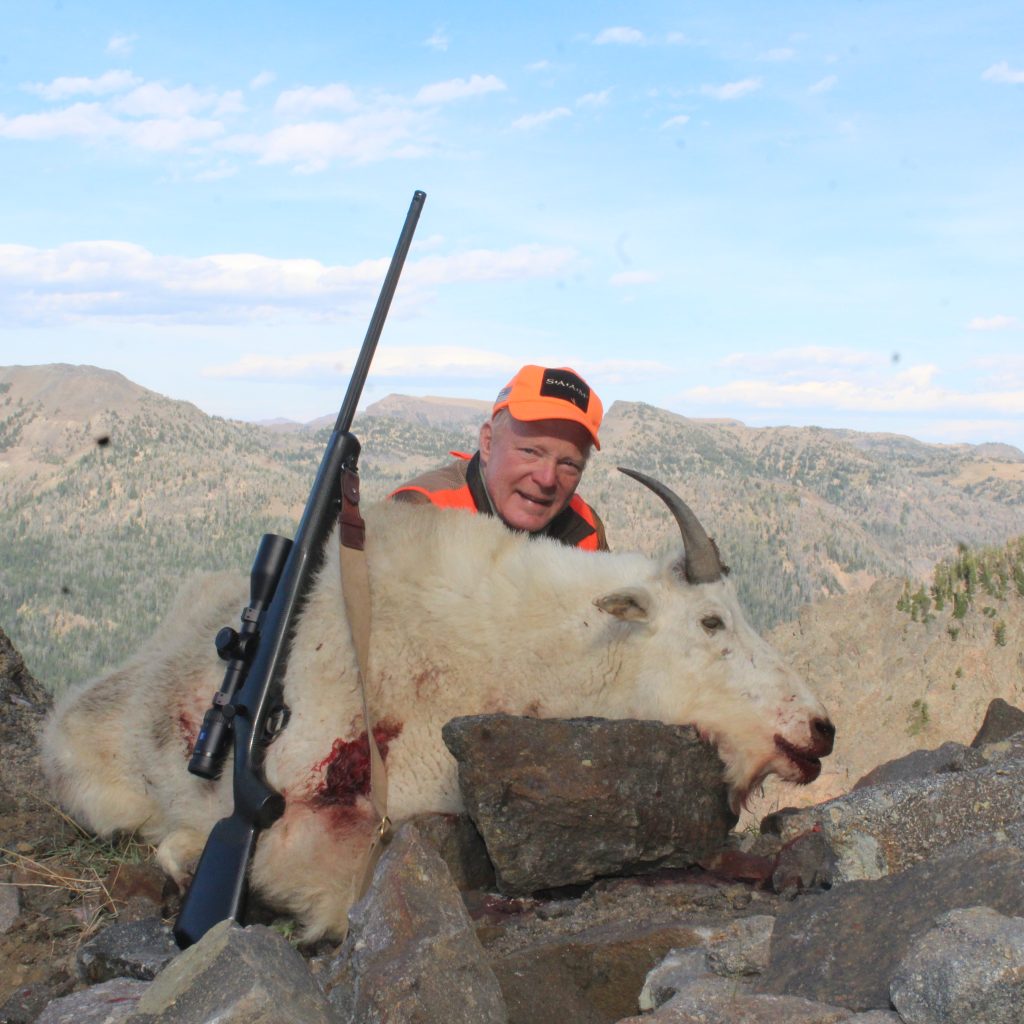
Modern 6.5mm cartridges run the gamut, from Creedmoor and cousins on up to large-cased and super-fast cartridges like the 26 Nosler and 6.5-.300 Weatherby Magnum. I’ve hunted with both and I have a 6.5-.300, an awesome tool that shoots as flat as any cartridge on the books. However, it has recoil and blast, and requires a long action and long barrel, so is heavy.
In between, there are several cartridges that I have come to consider as being in the “sweet spot” for 6.5mm performance: About 3,000 fps with a (more or less) 140-grain bullet. This is not a new level of 6.5mm performance, achieved by both old and new cartridges. Charles Newton’s .256 Newton (.264-inch bullet) came close in 1913, but Newton’s several rifle ventures failed. This is the level of performance of the .264 Winchester Magnum (1958), and also the European 6.5x68mm (1939). Although rare in this country, the 6.5×68 is a great cartridge, preferred by many European hunters for chamois. Although it hasn’t been popular for many years, I still have a soft spot for the old .264. I had one when I was a kid, and still have a good one. The 6.5mm Remington Magnum (1966) comes pretty close, one of the first “short-action magnums.”
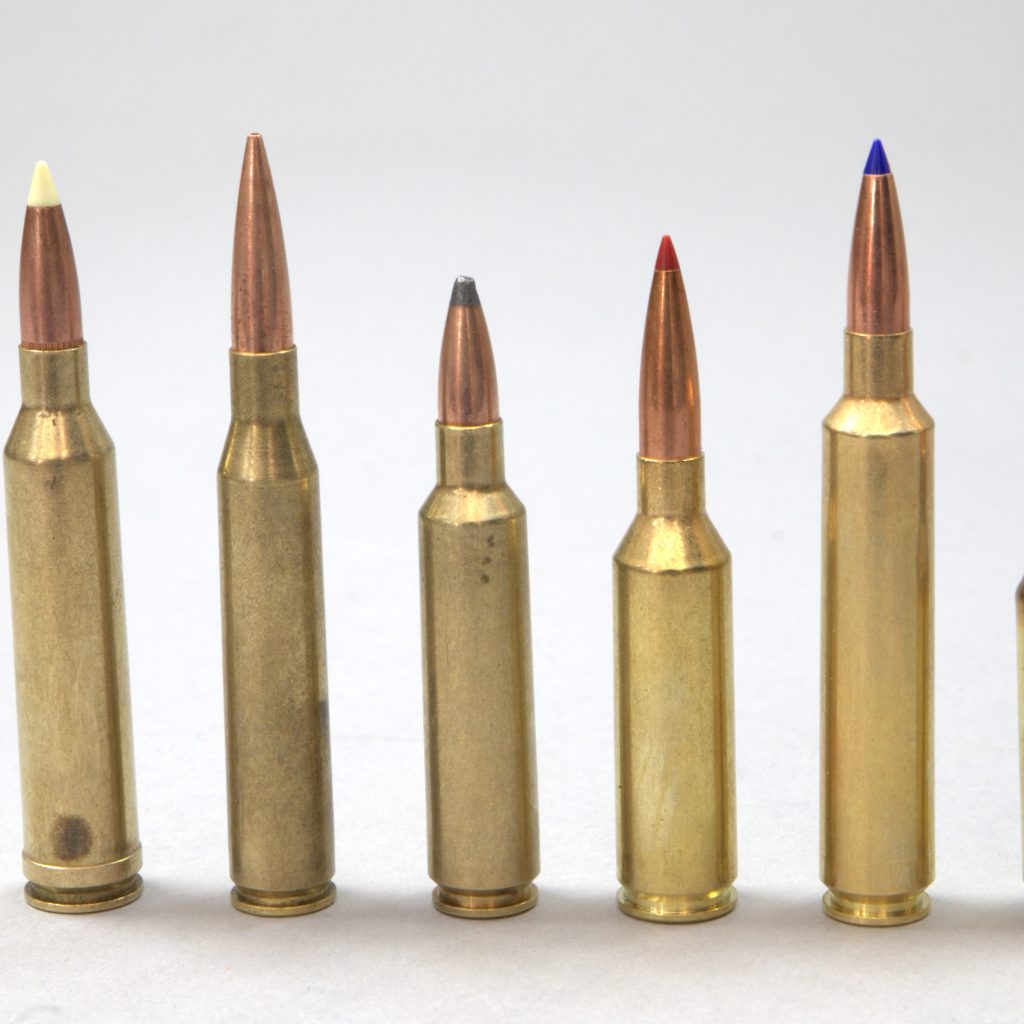
Don’t like any of these old-timers? No problem. There are several new, ultra-modern cartridges that do exactly what the .264 (and 6.5×68) did decades ago. The cool little 6.5-.284 Norma, based on the short, fat .284 Winchester case with rebated rim, almost gets there. 3,000 fps with 140-grain bullets is exactly what 2018’s 6.5mm PRC (Precision Rifle Cartridge) does. The brand-new 6.5mm Weatherby RPM (Rebated Precision Magnum) exceeds this velocity.
If factory-available cartridges don’t appeal, you can take a step back in time to the 6.5-06. Based on the .30-06 case necked down to .264, the 6.5-06 was first wildcatted nearly a century ago. Exact velocities always depend on who is doing the loading, and barrel length, but the 6.5-06 is at least as close as dammit to producing 3,000 fps with a 140-grain bullet.
It’s amazing none of the “majors” picked up on the 6.5-06, but with 1920s propellants, it was overbore capacity and, until very recently, 6.5mm bullet selection has been limited. Art Alphin of A-Square standardized the 6.5-06 in 1997, so its proper name is 6.5-06 A-Square. There are no factory loads, so it’s somewhere between proprietary and wildcat—but it remains popular among serious handloaders.
There are other wildcat and proprietary choices. The cartridge I used on my Montana goat is the 6.5mm SST (Sherman Short Tactical), a proprietary of Sherman Wildcat Cartridges. The 6.5mm SST is based on the 7mm RUM case shortened. With the efficiency of its short, fat case, it exceeds 3,000 fps with 140-grain bullets. The AllTerra rifle I used is extremely accurate, and I appreciate that it fits into a short action and struts its stuff from a shorter barrel.
There are now many cartridge choices in 6.5mm (maybe too many). Some are modern in design, others archaic. As a hunting cartridge, I’m convinced the ideal 6.5mm velocity combining flat trajectory and downrange energy with tolerable recoil is around 3,000 fps with (roundabout) 140-grain bullets. I haven’t messed with all the cartridges that do this and probably will not, but, provided good accuracy in a given rifle, all will provide good service on deer and mountain game. All are also adequate for elk, although perhaps not at long range. My old .264 Winchester Magnum is extremely accurate, and I have no problems getting handloaded 140-grain bullets past 3,000 fps–which is why I haven’t abandoned it in favor of a cartridge with a more modern case design.
